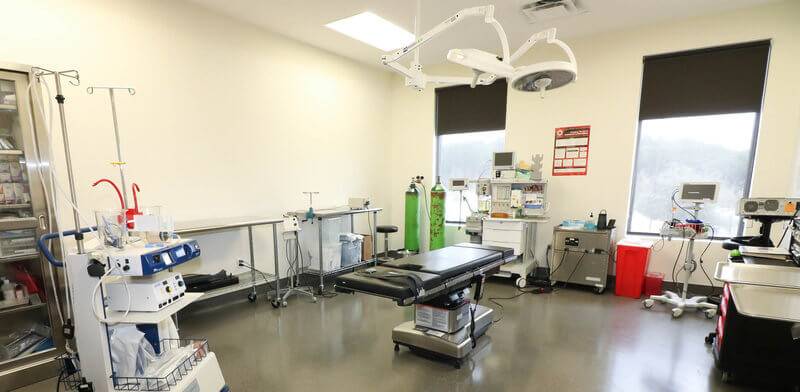5 Common Myths About Plastic Surgery

The popularity of plastic surgery in America has continued to rise, with nearly 1.8 million procedures performed in 2016, according to this report by the American Society of Plastic Surgery (ASPS). Advancements in both technique and technology has made today’s surgical procedures safer and more effective than compared to a decade ago. This means patients are now experiencing better results and easier (and faster) recoveries.
Even though plastic surgery has evolved since the 2000’s, there is still much misinformation circulating in the media. Patients frequently come in for a consultation with information that is either incorrect or outdated.
Here are 5 common plastic surgery myths, along with the truth behind them:
Myth 1 – Plastic surgery looks fake
The media loves to cover bad plastic surgery. Publishers know that humans are infatuated with disaster, and many people love hating on celebrities. Headlines and images of individuals who look plastic and with overdone results get clicks and shared in social media.
By and large, the bulk of those cases involve individuals who sought extremely unnatural results and underwent a series of surgical procedures, often against the advice of their plastic surgeons.
The truth is that plastic surgery (and the entire cosmetics industry) is focused on making patients look vibrant and youthful, not overdone or fake. You can see this first hand by simply browsing our before and after photo gallery.
Myth 2 – Plastic surgery is only for women
While women accounted for 87% off all cosmetic surgery procedures in 2016, plastic surgery among men has been increasing in popularity. Like women, men today are experiencing more pressure than ever to be look good for their romantic partner or appear youthful in the office. Common plastic surgery procedures for men include liposuction, gynecomastia surgery (male breast reduction), rhinoplasty, eyelid surgery, and facelift surgery. Along with surgery, more and more men undergo non-surgical treatments like Botox and Kybella to enhance their appearance.
Myth 3 – Plastic surgery can help you lose weight
Simply put: plastic surgery is not a weight loss tool. While body contouring procedures like liposuction or abdominoplasty (i.e., tummy tuck surgery) can enhance your silhouette by removing fat pockets or correcting sagging skin, these procedures should not be looked at as weight loss methods. In fact, some patients may need to lower their BMI’s through diet and exercise prior to undergoing surgery.
Myth 4 – Plastic surgery results last a lifetime
The great results of plastic surgery can fade over time, particularly if the patient does not take steps to preserve their new look. Plastic surgery patients should realize that they will need to invest in maintaining their results by living healthy and maintaining their post-procedure body weight.
Myth 5 – Cosmetic surgeons are the same as plastic surgeons
While the terms “plastic surgeon” and “cosmetic surgeon” are often used interchangeably, they are not actually the same thing. Plastic surgeons must undergo a specific amount of specialty training and meet a threshold of experience before claiming it as a specialty. There is no nationally recognized training standardization for cosmetic surgery.

That’s impressive that 1.8 million procedures were performed in 2016. I bet it’s only grown since then. Plastic surgery is one way to get your inner image of yourself to match your outward appearance.